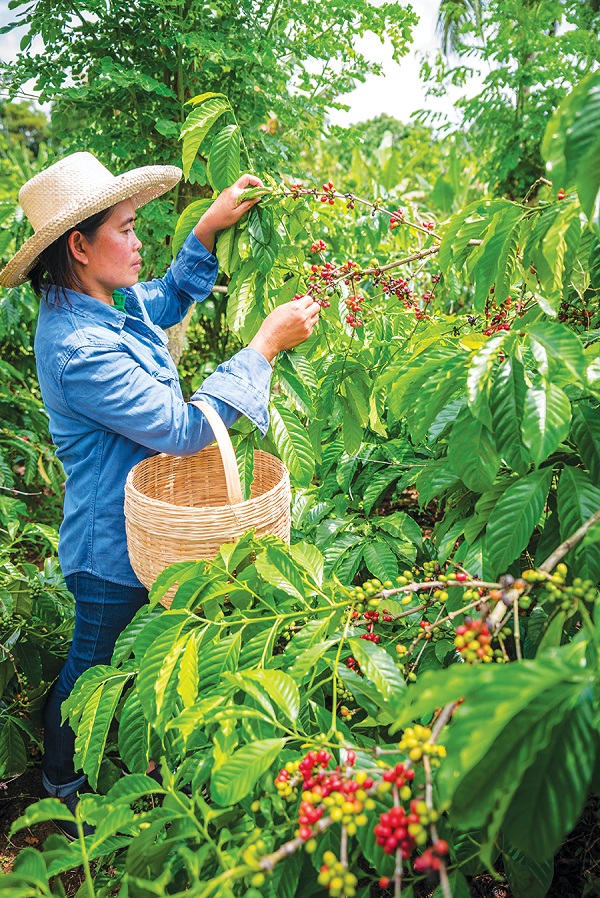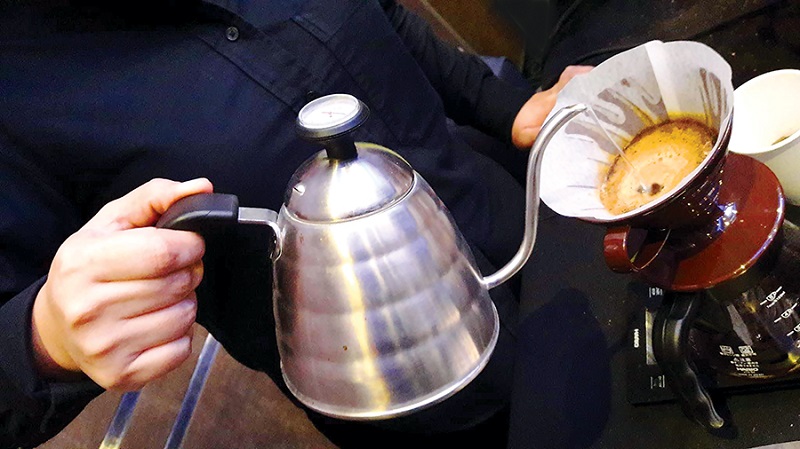- Know the bean.
The first and most basic point to understand is that there are several varieties and species of coffee. Let’s just say there are four commercially known and available coffees, namely Arabica, Robusta, Liberica, and Excelsa.
The top two commercially known coffee beans are Arabica, grown in higher elevations at a cooler climate; and Robusta, grown at a lower elevation. In the past, Arabica was perceived as superior over Robusta, in terms of its flavor. However, Robusta has been given its due recognition for its own qualities.
Arabica is costlier than Robusta, for several reasons. It requires more attention to produce. The variety itself produces a lesser yield compared to Robusta and is also more susceptible to Green Coffee Disease. This makes it more expensive. Robusta, on the other hand, is more affordable but slowly getting more market value.

- Taste the flavors.
I think the next fundamental knowledge is to know the basic Arabica and Robusta flavors. In today’s gourmet coffee industry, as well as the specialty coffee field, the flavors of instant coffee tea bags have become more sophisticated. Understanding how these flavors are created deepens the appreciation. - Take the coffee journey.
It would be good to know that the journey of coffee from berry to cup is a very intricate process. For most consumers, the efforts of farmers and processor are often taken for granted. It is this long consumer’s tongue that makes every sip worth the taste.

- Follow the post-harvest process.
Producers are now dedicating a lot of time and and attention to post-harvest processing. These techniques help develop intense flavors in the coffee, if roasted properly. So, the next set of fundamental knowledge should focus on the processing systems used for the coffee.
Coffee beans can go through natural (sun or solar-dry method), washed (wet method), semi-washed (honey, pulped, natural), and mixed processing. Knowing the actual information on the processing is a bonus. The idea is to understand that even if coffee beans are from one variety, their flavors will vary with the use of different processes. Thus, the price of coffee will also vary based on the post-harvest process used.

- Focus on roasting.
Another important stage of coffee is the flavor development through roasting. Only after roasting does coffee become drinkable
Roasting is both a science and an art. It requires skill, focus, and the understanding of coffee. One must also know that coffee as an art can have various interpretations on the color or intensity of the degree of roast. It is the interpretation of the roaster on what is the planned yield at the end of the roasting procedure.
Generally, lighter roasts are bright, floral and fruity. Medium roasts would be nutty with mild acidity and sweeter, caramel-like. Darker roasts, on the other hand, would be chocolatey and smokey. - Bet on brewing.
There are different brewing methods. Not all brewers extract the same flavor. Brewing requires filtered or clean mineral water at the correct temperature to the amount of coffee, appropriate coffee granule size, time and heat with various applications that either use gravity or pressure. Commonly used in today’s cafés are espresso brewers and the single pour over but these are just two of many alternative brewers.

- Sip and learn.
There are many workshops being offered in the city. The idea is to choose the instructor who can share their knowledge to those who are thirsting for it.(article by Robert Francisco, select photos by Keith Dador)
